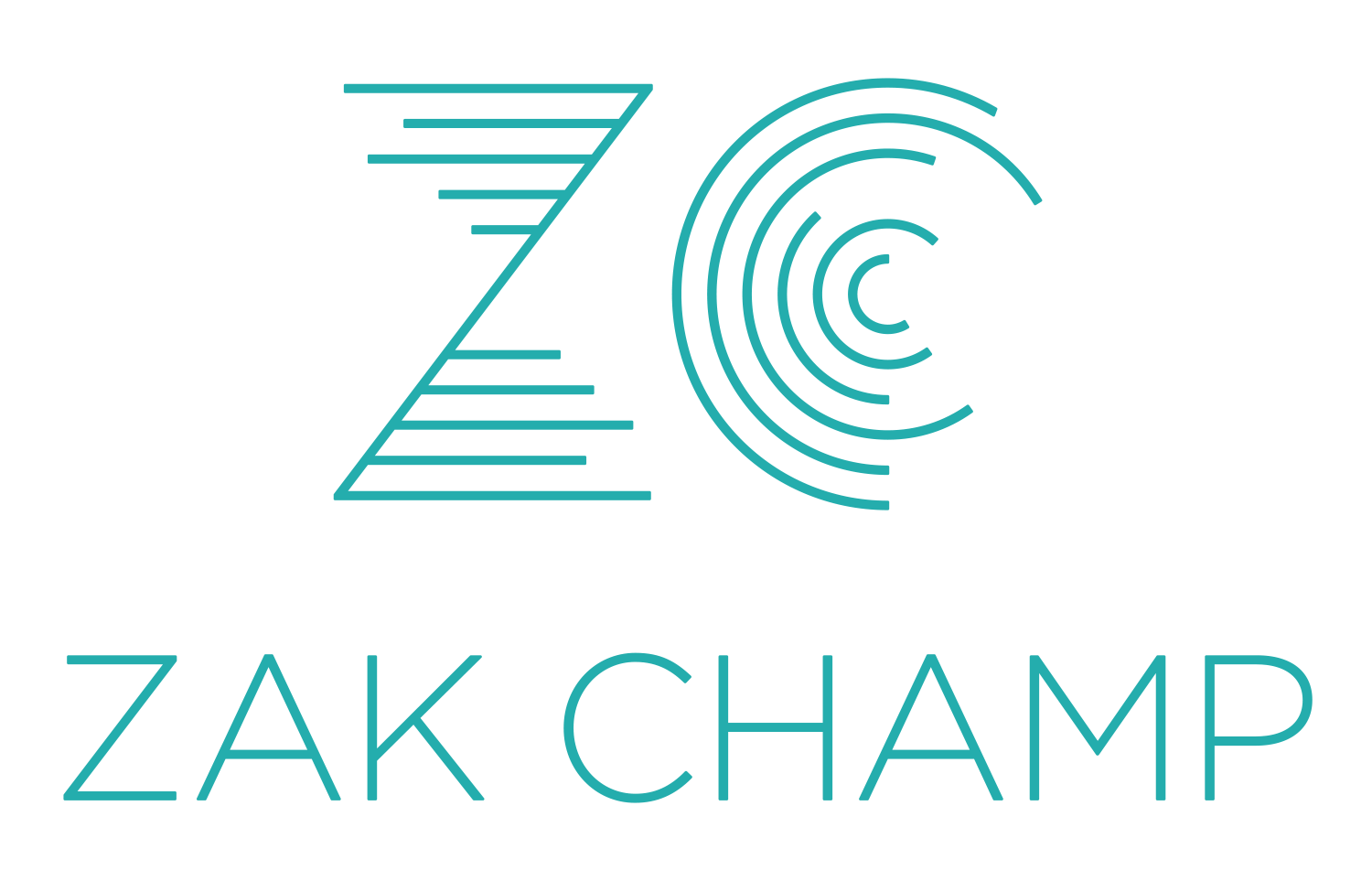Learning to Listen and Listening to Learn
I’ve spent eight years out of the classroom in a variety of different roles. And I learned a lot. As I wrote in my first blog post, I’ve thought and thought about what it will be like to return to the classroom. The thing I’m constantly working on and thinking about getting better at is learning to listen.
Before I go on, I’d like to make a quick distinction between hearing and listening.
Hearing is a physical act.
Listening is hearing and then actually reflecting upon what you're hearing. Listening is a cognitive process, and it's the first step in understanding.
My fascination with this idea began during the hundreds of clinical interviews I conducted as a researcher at FCR-STEM. I had the incredible honor of sitting with and learning from hundreds of first and second graders across the State of Florida to find out how they were thinking about a variety of mathematical ideas and topics.
But, here’s the catch. They were clinical interviews. The goal was NOT to teach, but instead to find out how they were interacting with the mathematics and record that information as it was shared. So, I had to learn to shut up. I had to learn not to probe. Or push. Or ask questions. Just listen.
During this same time, I stumbled upon the brilliant ignite talk given by our friend Max Ray-Riek called 2 > 4. If you haven’t watched it before. Suspend your reading immediately, and watch it right now.
And with these two inputs, I became fascinated with the power of not talking so much. I dove headfirst into learning about how to be a better listener.
Here’s what I think I’ve figured out. Four simple ideas that I plan on putting into action when I return to the classroom this fall.
Ask questions you don’t know the answer to
Max is right. We are conditioned to listen for an answer. So, when we ask questions that we already know the answer to, it makes it really easy to listen for the “right answer.” If we ask questions we don’t know the answer to, we are forced to listen to the student’s ideas. Some of my favorite questions I don’t know the answer to include:
What do you notice?
What do you wonder?
How many?
How do you know that?
Which one doesn’t belong?
How is your thinking like your partner’s thinking?
Can you say more about that?
Get away from the board
When we stand at the board, we clearly communicate that the teacher holds the answers. That the teacher is the one in charge. And that is certainly not inviting a conversation. At best, it provides the opportunity for a one-way path for information to be shared. We are literally standing up while everyone else is sitting—standing above them. Projecting power. It’s intimidating. I find it really difficult to get students to share their venerable ideas with me if I’m standing and they are sitting. So, spend less time at the board and more time in their space—working with and listening to them.
Allow for more student talk
This one is pretty simple. Just intentionally provide space for kiddos to talk. Plan for some time in each and every lesson for their voice to be heard. We tend to plan so many teacher moves and one of them should consistently be to provide space for students to share their ideas.
Provide pause
It’s been said over and over again. Wait time matters. Providing a pause after you ask a question is one of the single most important moves you can make as a teacher. And it’s way more pause than you think. It’s quite common for a teacher to only provide 3-5 seconds of pause after asking a question. This provides exceptionally limited opportunities for students to think. It also provides the teacher with little to no access as to how the student is actually thinking about and making sense of the mathematics at hand. This also communicates that speed is important and usually silences an entire portion of the classroom that can process a response that quickly. After asking a question, try saying to your students, “I’m going to provide 30 seconds right now for you each to think about the question I’ve asked.” And time yourself.
So, these ideas are just scratching the surface of what I’ll be thinking about this summer as I prepare for my return to the classroom. I’m prepping myself to talk a whole lot less...and listen a whole lot more.

